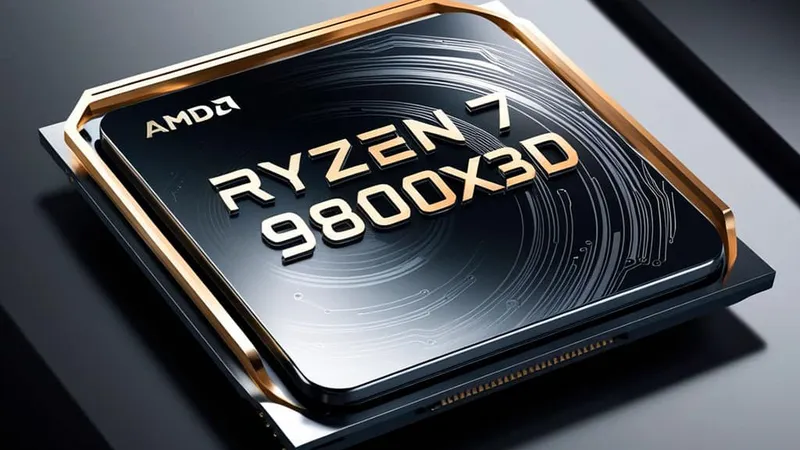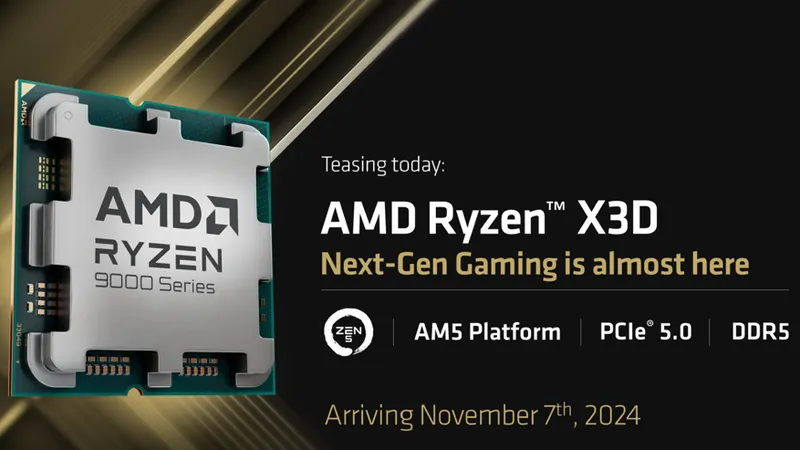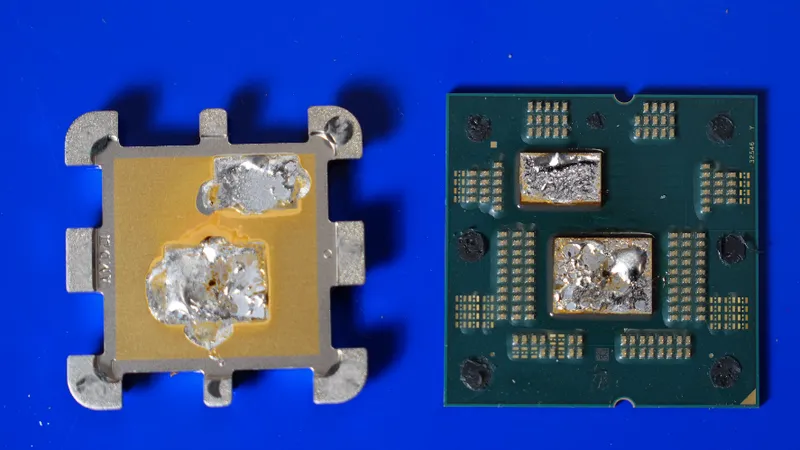As Nvidia's 5090 and 5080 seem to be around the corner, supply of the 4090 seems to be disappearing. The rumored specs for the 5080 have a weird contradiction, seeming to indicate a 600-Watt power spec - as high as the 4090's maximum overclocking limits - but meanwhile indicating a two-slot cooler, whereas much of the 40-series lineup featured such large designs that the two-slot GPU seemed to be a thing of the past.
Chances are that either one of those two details are incorrect or there's something else going on; perhaps a maximum power specification like the 4090 with lower normal specs, or this is continuing Nvidia's recent support of small form factor-friendly card designs. Considering that for the 40-series launch there was an attempt to release a significantly lower performance card as an 80-series level, a debacle which ended up turning that product into the 4070 Ti, there might be some similar attempted changes in the lineup.
Intel's ARC graphics cards did make some inroads after initial release, much of may have been due to the lower availability and higher prices of the last crypto-related drought, as it seems that both AMD and Intel have lost share to Nvidia to where ARC isn't even showing up on charts. While the second-generation Battlemage cards have been in the works for some time, it's a good question if they come out after Nvidia moves the goalposts once again this next generation.
The Ryzen X3D chips are also on the horizon for the 9000 series, and it seems that the multi-chiplet Ryzen 9 models will be abandoning the asymmetrical design of the 7900X3D and 7950X3D, which had the additional V-cache on only one of the two chiplets. While this design theoretically allowed for the benefits of extra on-die memory for the games and applications that benefited from it while still allowing the other chiplet to boost to higher frequencies, it required specialized software to keep applications from randomly assigning to cores that were less ideal for them, which had inconsistent results and frequently lower performance than the conventionally-designed CPUs from this issue.
The uniform design in the new generation would have theoretically lower performance, but avoid all of the issues from the inconsistency.
Watch all this and more:


